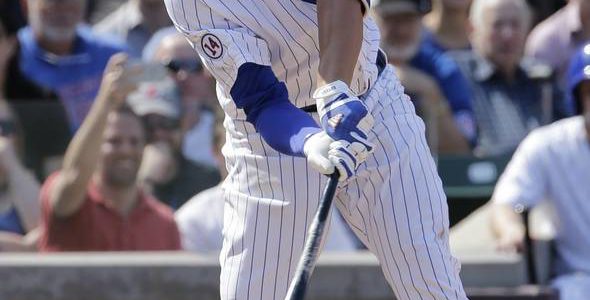In today’s post I want to address a problem we see in many hitters: transferring swing changes you have made into game-time production. I will spend my time focusing on one component: using randomized pitch types in practice to accelerate learning.
I’m sure we all know that one guy who has an absolutely beautiful swing. It’s smooth, quick, and creates thunderous pop. Some of the balls he hits in batting practice… probably haven’t landed yet. We all want to be like him. Then gametime comes. Pop up. Ground out. Strikeout. What happened to that beautiful swing we saw in batting practice?!
Being a 5 o’clock hitter is no fun, believe me. There is nothing more frustrating than failing to see all your hard work and improvement come out during gametime. I have experienced it myself. Just because we do not see immediate transfer, however, does not mean that it will never come. Maybe we just need to try something different.
Something Different
This is an experiment. I need to make that clear right from the start. While there has been some research done on randomized pitch training for hitters, it is still largely unknown exactly the effect it will have and how much it can impact any one player. More than anything else, I am using it as an experiment on myself this offseason because… why not?
So, what is it? Randomizing pitches simply means throwing a variety of pitches, during batting practice, and forcing the hitter to adjust to different speeds and locations. Conventionally, hitters practice in a predictable environment. They hit off a tee, take batting practice, etc. Everything is easy and designed to allow the hitter to be comfortable. Is that optimal? Let’s take a look at some game swings…


What do we notice about these swings? THEY ARE NOT PERFECT! It appears Pujols simply flicks his wrists in the top gif, and we see Guerrero get onto his front leg a ton before launching the swing. Both hit home runs with these swings. Now there are certain traits these guys have in their swing that allows them a better opportunity to make these adjustments. Barrel path, direction, being on plane, etc. Stuff we have previously talked about. However just because a player has them does not mean they know how to use them. Going back to my title, we need to build our swing and then learn how to use it. The two guys above have obviously accomplished both. The can put on a show at 5 o’clock AND during game time. If you can’t do that, why not?
Getting to the point of the article, if you are a player struggling to transfer positive swing changes into the game, give this a try. Understand that it will be harder and you will fail a lot. That’s okay. Take it with an open mind, learn, and get better.
To close, here is an example of how I have been instituting it into my offseason training. If I flash a 1 after a swing it was a fastball, 2 means slider.
So far I love the effect it has had. I feel I am able to adjust to offspeed stuff, while still being able to hit the fastball, better than ever before. Of course the real test won’t come until I see live pitching again, but I know I will be able to go up there with more confidence than ever before.
I encourage you to give it a try and let me know what you think. Does it help? Make you feel less confident? I want to get a grasp on how it affects a large sample of hitters so if you are willing to test it out, be sure to let me know how it went! You can leave a comment or shoot me an email at brady@dacbaseball.com.
